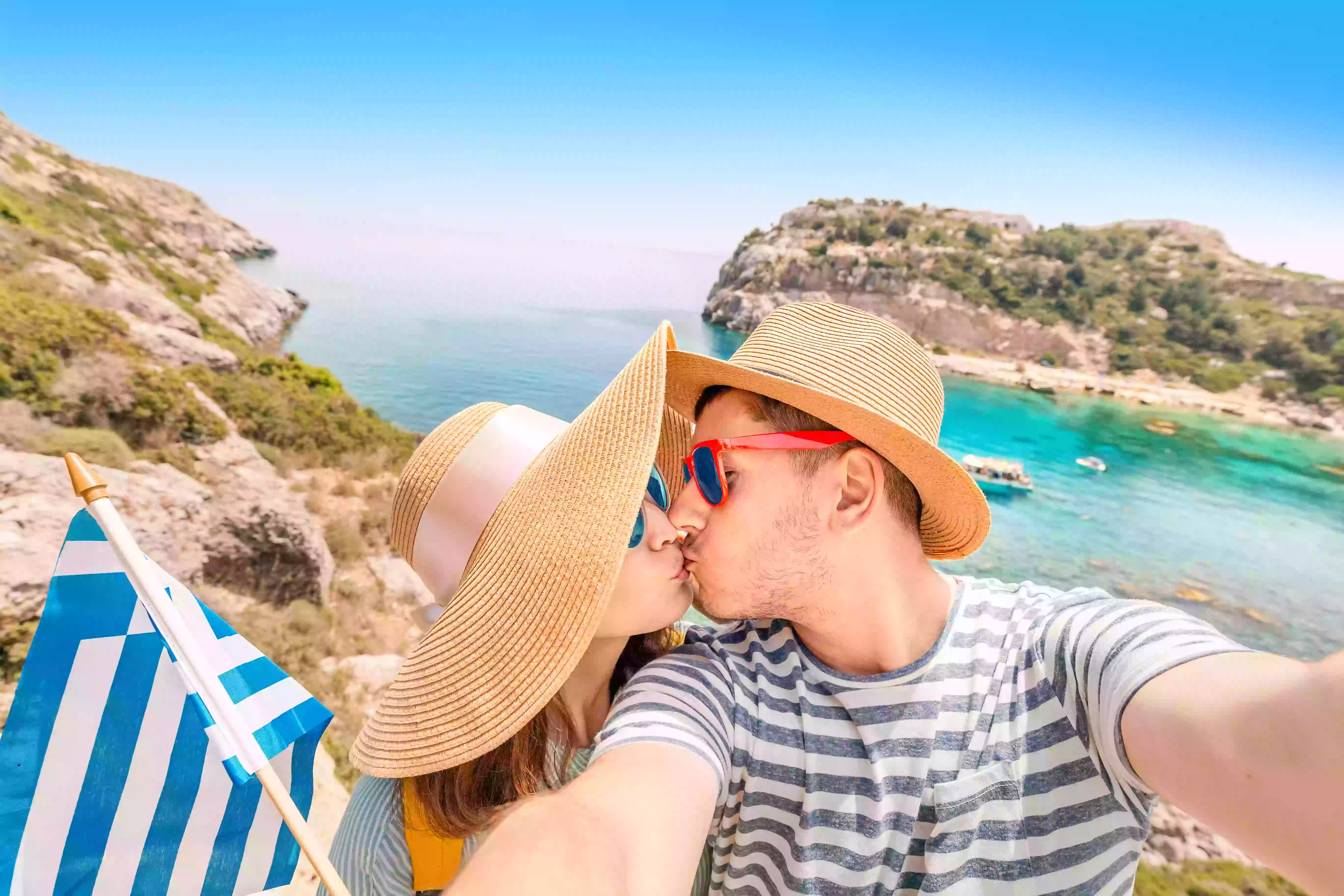Discovering the Perfect Season: Uncovering the Best Time to Visit Iceland
Morgan Wiggins
Apr14,2023 • 3 min read

I
celand, a land of fire and ice, has become a popular destination for those seeking unique landscapes, breathtaking natural phenomena, and rich cultural experiences. With its ever-changing weather patterns, the best time to visit this Nordic island nation depends on your personal preferences and the activities you have planned. In this article, we'll explore the optimal times for various attractions and experiences, helping you decide when to embark on your Icelandic adventure.
Navigating Iceland's weather patterns for optimal travel
Iceland's climate is characterized by relatively mild temperatures, considering its high latitude. However, the weather can be unpredictable, with frequent changes throughout the day. The summer months of June to August offer the warmest temperatures, averaging around 10-13°C (50-55°F), while the winter months of December to February bring colder conditions, with temperatures ranging from -1 to 4°C (30-39°F). Spring and fall can be pleasant transitional periods, with moderate temperatures and fewer tourists.
Experiencing the Midnight Sun: Iceland's summer solstice
One of the most enchanting phenomena in Iceland is the Midnight Sun, which occurs around the summer solstice, typically on June 21st. During this time, the sun never fully sets, providing 24 hours of daylight. This period is ideal for those who wish to maximize their exploration of Iceland's natural wonders, as you'll have ample time to visit multiple locations without worrying about daylight constraints.
The Allure of Iceland's Northern Lights: prime aurora-viewing Months
The Northern Lights, or Aurora Borealis, is a must-see attraction for many travelers. This dazzling natural light show occurs when charged particles from the sun interact with Earth's atmosphere, creating vibrant, colorful displays. The best time to witness the Northern Lights in Iceland is during the darker winter months, from late September to early April, with peak viewing times between November and February. During this period, you'll have the greatest chance of clear skies and minimal light pollution, making it easier to spot the elusive auroras.
Whale watching season: when to spot these majestic creatures
Iceland is home to a diverse range of whale species, making it a popular destination for whale-watching enthusiasts. The prime whale watching season typically runs from April to October, with peak months being June, July, and August. During this time, you can expect to see minke whales, humpback whales, and even orcas, among other species. Several tour operators offer whale-watching excursions from various locations around the country, providing you with ample opportunities to witness these majestic creatures in their natural habitat.
The best months for hiking and exploring Iceland's diverse landscapes
Iceland's diverse landscapes, from its rugged coastlines and black sand beaches to its volcanic mountains and expansive glaciers, offer a wealth of opportunities for outdoor enthusiasts. The optimal time for hiking and exploring largely depends on the specific region and activity you have in mind. Generally, the summer months of June to August provide the most favorable conditions for trekking, as the weather is milder and the days are longer. However, certain attractions, like ice caves and glaciers, may be best visited during the colder winter months, when access and conditions are more suitable.
Iceland's winter wonderland: visiting during the snowy season
Iceland transforms into a magical winter wonderland during the snowy season, typically from November to March. This time of year, the country's mountains, valleys, and even waterfalls become draped in snow and ice, creating a breathtakingly beautiful landscape. If you're an avid winter sports enthusiast, you'll find ample opportunities for skiing and snowboarding, particularly in the North and Westfjords regions. With fewer tourists and a serene atmosphere, winter in Iceland offers a unique, immersive experience for travelers who don't mind the cold.
Avoiding the tourist rush: experiencing Iceland off-peak
While Iceland is a popular destination year-round, the tourist high season is generally from June to August. If you prefer a more tranquil, less crowded experience, consider visiting during the shoulder seasons of May and September. During these months, you'll still enjoy reasonable weather, with fewer tourists at popular attractions. Alternatively, you can embrace the winter months for a truly off-peak experience, although you may encounter limited daylight hours and more challenging weather conditions.
The ideal time for photographers to capture Iceland's natural beauty
Iceland's otherworldly landscapes and natural phenomena provide a treasure trove of opportunities for photographers. The optimal time for capturing Iceland's beauty largely depends on your preferred subject matter. For dramatic contrasts between fire and ice, consider visiting during the winter months when the snow-covered landscape is juxtaposed against geothermal areas and active volcanoes. Summer months, with their extended daylight hours, are ideal for capturing the lush greenery, vibrant wildflowers, and sparkling waterfalls. Meanwhile, autumn brings an array of stunning colors as the foliage turns golden and russet.
Icelandic Cuisine: when to savor seasonal food and traditional dishes
Icelandic cuisine is heavily influenced by the country's natural resources and seasonal availability. To savor the freshest local ingredients and traditional dishes, plan your visit around key harvest times. During the summer months, you can enjoy fresh seafood, wild berries, and locally grown vegetables. The autumn season brings the traditional Icelandic lamb slaughter, known as "réttir," which leads to an abundance of delicious lamb dishes. Additionally, late winter and early spring offer the opportunity to participate in "Þorrablót," a traditional Icelandic mid-winter festival, where you can sample unique foods like fermented shark and dried fish.
Exploring the ice caves: when to traverse these natural wonders
One of Iceland's most mesmerizing attractions is its ice caves, formed within the country's vast glaciers. These ethereal, blue-hued caves can only be safely explored during the colder months, generally between November and March, when the ice is stable and less prone to melting. During this time, guided tours are available, taking visitors into the heart of these stunning, ever-changing formations.
Conclusion
The best time to visit Iceland is subjective, as each season offers unique experiences, landscapes, and opportunities to immerse yourself in Icelandic culture. By considering your interests and priorities, you can choose the perfect time to explore this captivating country and create lifelong memories. Whether you visit during the bustling summer months or the serene, snowy winter, the enchanting beauty and warmth of Iceland will leave a lasting impression.

